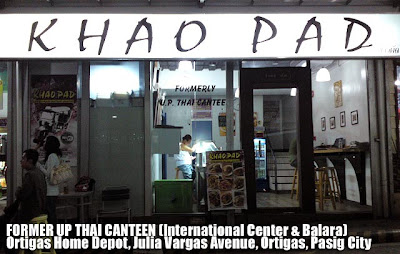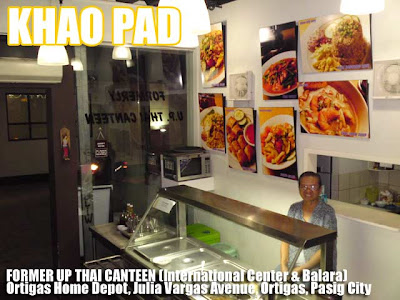 Mairaira Cove or Blue Lagoon in Pagudpud, Ilocos Norte is one of the best beaches in Luzon. A little further north from touristy Saud Beach, its immaculate blue waters entice visitors for a swim. We arrived in Mairara Cove just in time for dinner at the Kapuluan Vista Resort where we were staying for the night.
Mairaira Cove or Blue Lagoon in Pagudpud, Ilocos Norte is one of the best beaches in Luzon. A little further north from touristy Saud Beach, its immaculate blue waters entice visitors for a swim. We arrived in Mairara Cove just in time for dinner at the Kapuluan Vista Resort where we were staying for the night. On the buffet menu was a bevy of grilled dishes. But the highlight of dinner was kalua pig (pork roasted the traditional Hawaiian in a makeshift underground oven).
On the buffet menu was a bevy of grilled dishes. But the highlight of dinner was kalua pig (pork roasted the traditional Hawaiian in a makeshift underground oven).The next morning, we walked over to Blue Lagoon which was five-minutes from the resort. The sand was soft and the waves were a bit strong. Being a holiday, there were a good number of visitors. There were also some surfers riding the swells further away from the beach.
Mairaira Cove is a popular haunt for surfers. In fact, the resort offered surfing lessons. If we weren't leaving early, I would have taken surfing lessons for an hour or two. At least we were blessed this weekend with sunshine amidst this weird summer weather.
 After packing our bags, we went back on the road and drove further north to the Patapat Viaduct for a photo opportunity. From there, it was back south to Laoag City.
After packing our bags, we went back on the road and drove further north to the Patapat Viaduct for a photo opportunity. From there, it was back south to Laoag City.Kapuluan Vista Resort
(0920) 9522528

















































